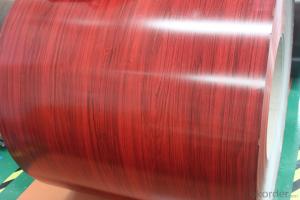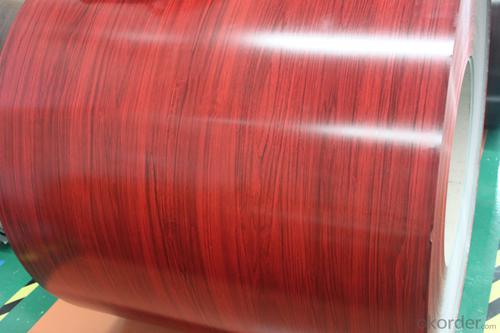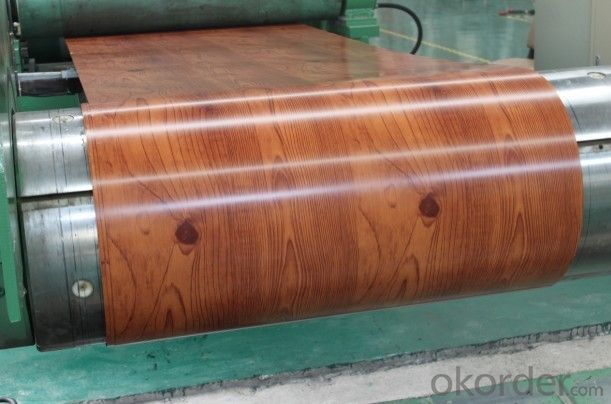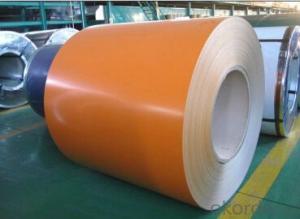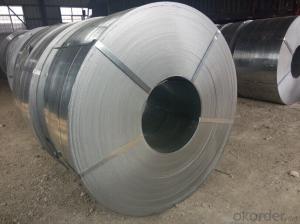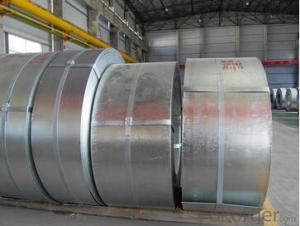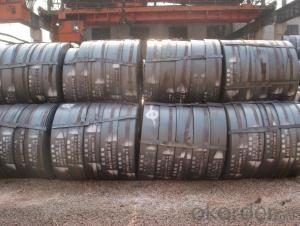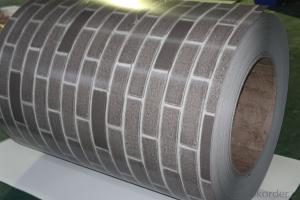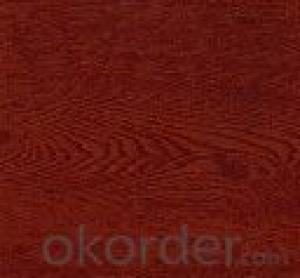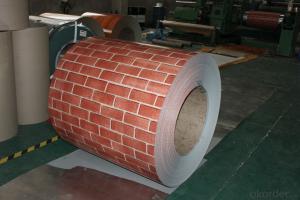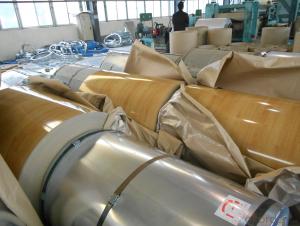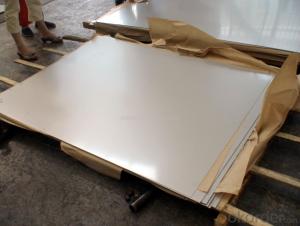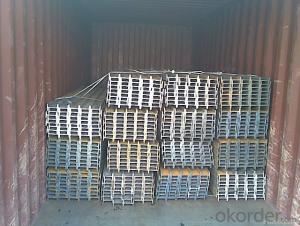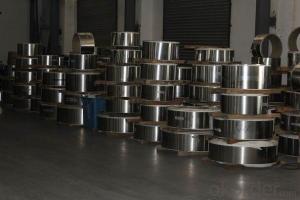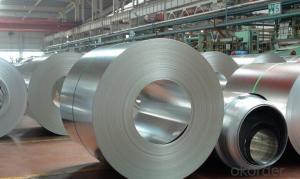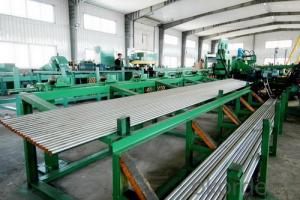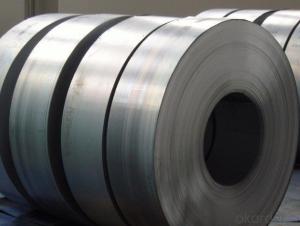Good Quality Printing Steel Plate-Stone Pattern-0.35*1250 Z70g
- Loading Port:
- Tianjin
- Payment Terms:
- TT OR LC
- Min Order Qty:
- 50 m.t.
- Supply Capability:
- 5000 m.t./month
OKorder Service Pledge
OKorder Financial Service
You Might Also Like
Good Quality Printing Steel Plate-Stone Pattern-0.35*1250 Z70g
1.strong corrosion resistance
2.surface quality
3.conducive to deep processing,such as the embossed PPGI,printed PPGI&punching PPGI
4.economy and practicality
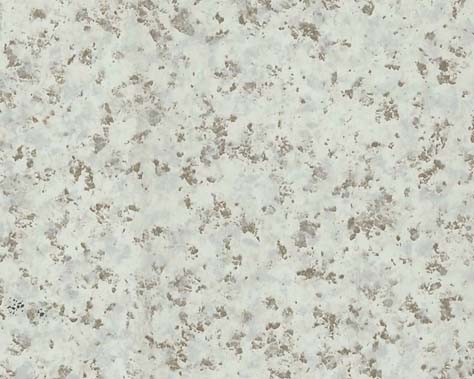
1.Thickness:0.16-2.0mm
2.Width:600-1500mm
3.Material: SGCC,SGCD,SECC,SECD,DX51D+Z
4.Zinc coating:40-275G/M2
5.Surface Structure: galvanized ,zero spangle, regular spangle or normal spangle
6.Surface treatment: chromated and oiled, chromated and non-oiled
7.Color:all RAL series
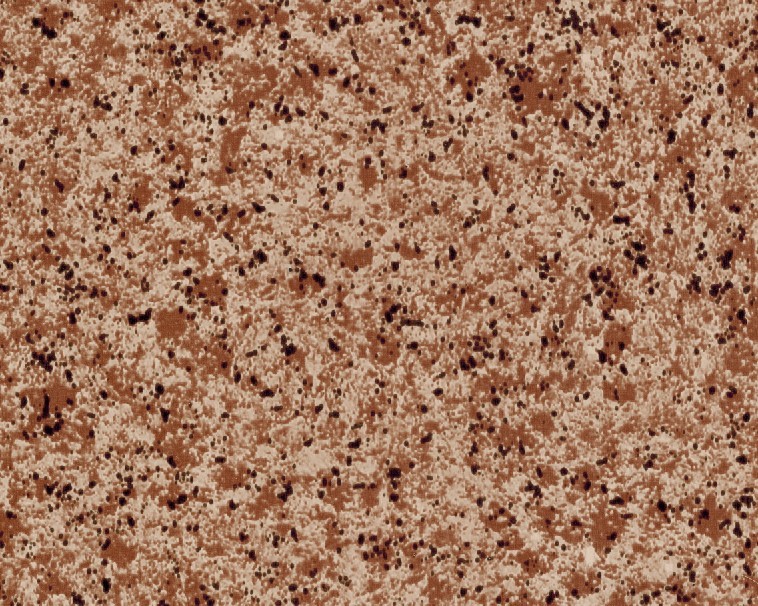
1.Refrigerator shutter &side panels, Washer, Freezers, Air conditions,
2.Rice Cooker, Microwave Ovens, Water Heaters, Sterilization Cabinets, Range Hoods
3.Computer Panels , DVD/DVB panels, TV back panel etc.
Teaching Board: whiteboard, blackboard, green board(chalk board).
Indoor Decoration: Fireproof Door, kitchen cabinet, wall decoration.
Shipping Industries: Ship, Fecht, Marine.
- Q: Are steel strips suitable for architectural applications?
- Steel strips possess a range of advantageous qualities that render them appropriate for implementation in architectural settings. To begin with, steel constitutes a robust and enduring substance capable of withstanding substantial weights and harsh atmospheric conditions. This renders it an ideal choice for employment in architectural structures, such as bridges, edifices, and roofs. Furthermore, steel strips exhibit exceptional versatility and can be effortlessly tailored to meet specific design requisites. They can be rolled, bent, and molded into diverse configurations, affording architects the ability to fashion distinctive and visually appealing structures. Moreover, steel strips offer an extensive array of finishes and coatings, rendering them apt for both interior and exterior applications. Moreover, steel strips display remarkable resistance to corrosion, rust, and fire, thereby ensuring longevity and safety. Additionally, they possess a high strength-to-weight ratio, enabling them to provide structural support while simultaneously being lightweight. Additionally, steel constitutes an environmentally sustainable material that can be recycled, thereby mitigating the ecological impact of architectural ventures. It is also cost-effective, necessitating minimal maintenance and boasting a lengthy lifespan. In conclusion, the suitability of steel strips for architectural applications derives from their strength, durability, versatility, resistance to corrosion and fire, sustainability, and cost-effectiveness.
- Q: How do steel strips handle exposure to chemicals?
- Steel strips generally have good resistance to a wide range of chemicals, depending on the specific type of steel and the chemicals involved. However, certain aggressive chemicals can cause corrosion or other damage to steel strips over time. It is important to consider the specific chemical environment and consult with experts to ensure proper selection of steel grades and appropriate protective measures for handling exposure to chemicals.
- Q: How do steel strips contribute to weight reduction in products?
- Steel strips contribute to weight reduction in products by providing a lightweight yet strong material option. The thin and narrow design of steel strips allows for the reduction of excess weight without compromising on structural integrity. This makes them ideal for various applications where weight reduction is crucial, such as in automotive and aerospace industries.
- Q: What are the common surface finishes for carbon steel strips?
- There are several common surface finishes for carbon steel strips, each serving a specific purpose and application. Some of the most common surface finishes include: 1. Hot Rolled: This is the most basic surface finish for carbon steel strips, achieved by heating the steel above its recrystallization temperature and then cooling it. It results in a rough, scale-covered surface. 2. Cold Rolled: This surface finish is achieved by rolling the steel at room temperature, resulting in a smooth, polished surface. It is commonly used for applications where aesthetics and surface quality are important. 3. Pickled and Oiled: This surface finish involves immersing the steel strip in an acid solution to remove mill scale and other impurities. It is then oiled to prevent rusting. Pickled and oiled carbon steel strips are commonly used in applications where corrosion resistance is important. 4. Galvanized: In this surface finish, the carbon steel strip is coated with a layer of zinc to protect it from corrosion. The zinc coating provides a barrier against moisture and other environmental factors. Galvanized carbon steel strips are widely used in outdoor applications or in environments where corrosion is a concern. 5. Electroplated: This surface finish involves applying a thin layer of metal, such as zinc or chromium, onto the carbon steel strip through an electrochemical process. Electroplating provides improved corrosion resistance, enhanced aesthetic appearance, and increased durability. 6. Powder Coated: In this surface finish, a fine powder is applied to the carbon steel strip and then heated to form a protective layer. Powder coating provides excellent resistance to chipping, scratching, and fading, making it suitable for applications that require long-lasting durability and a decorative finish. 7. Passivated: Passivation is a chemical treatment applied to carbon steel strips to remove surface contaminants and improve corrosion resistance. This surface finish is commonly used in applications where the carbon steel strip will be exposed to harsh environments or corrosive substances. These are just a few examples of the common surface finishes for carbon steel strips. The selection of the appropriate finish depends on various factors, such as the intended application, environmental conditions, aesthetic requirements, and the desired level of corrosion resistance.
- Q: What are the common surface treatment methods for steel strips?
- There are several common surface treatment methods for steel strips, each serving specific purposes and providing various benefits. One widely used method is galvanizing, which involves coating the steel strip with a layer of zinc. This process helps protect the steel from corrosion, as the zinc acts as a sacrificial anode and prevents oxidation. Galvanized steel strips are commonly used in outdoor applications where they are exposed to moisture and harsh weather conditions. Another common surface treatment method is electroplating, which involves depositing a thin layer of metal onto the steel strip's surface through an electrochemical process. This method is often used to enhance the appearance of the steel strip, provide a decorative finish, or improve its resistance to corrosion. Phosphating is another surface treatment method used for steel strips. It involves the application of a phosphate coating to the steel surface, which helps improve its adhesion to paints, lubricants, or other coatings. Phosphating can also enhance the steel strip's corrosion resistance and provide better wear resistance. Coating steel strips with a layer of paint or other organic coatings is also a common surface treatment method. This process can protect the steel strip from corrosion, provide a decorative finish, or serve as a primer for subsequent coatings. Finally, shot blasting is a surface treatment method that involves propelling small abrasive particles at high speeds onto the steel strip's surface. This process helps remove rust, scale, or other contaminants, and prepares the steel strip for further treatment or coating. Overall, these surface treatment methods for steel strips aim to enhance their appearance, protect them from corrosion, improve their adhesion properties, and increase their durability for various applications.
- Q: What are the common surface treatments for steel strips?
- Steel strips can undergo various surface treatments to enhance their appearance, protect against corrosion, or improve performance. These treatments include the following: 1. Hot-dip galvanizing: By immersing the steel strip in molten zinc, a protective coating forms on the surface, providing excellent corrosion resistance and extending the strip's lifespan. 2. Electro-galvanizing: This method involves applying a layer of zinc to the steel strip through an electrolytic process, offering good corrosion resistance and commonly used for thinner strips. 3. Electroplating: Coating the steel strip with a thin layer of a different metal, such as chrome or nickel, through an electrochemical process improves aesthetics and provides additional corrosion resistance. 4. Phosphating: Treating the steel strip with a phosphoric acid solution converts the surface into a layer of phosphate crystals. This improves adhesion of subsequent coatings and provides corrosion resistance. 5. Painting or powder coating: Applying paint or powder coating onto the steel strip enhances appearance, provides corrosion resistance, and improves durability. Coatings can be customized with various colors and finishes. 6. Passivation: Treating the steel strip with an acid solution removes impurities and creates a passive oxide layer on the surface. Passivation improves corrosion resistance and is commonly used for stainless steel strips. 7. Pickling: Immersing the steel strip in an acid solution removes surface impurities like rust or scale, improving surface finish and preparing it for subsequent treatments or coatings. These surface treatments for steel strips are chosen based on desired corrosion resistance, appearance, and specific application requirements. Different industries and applications may require specific treatments to ensure optimal performance in their intended use.
- Q: How are steel strips processed for surface texturing?
- Steel strips can be processed for surface texturing through various methods such as mechanical etching, shot blasting, or chemical etching. These processes involve altering the surface of the steel strips to create desired textures or patterns, enhancing their visual appeal and functional properties.
- Q: What are the different surface coatings available for steel strips to improve heat resistance?
- There are several surface coatings available for steel strips to enhance their heat resistance. Some common options include thermal spray coatings, such as ceramic or metal coatings, which provide a protective layer against high temperatures. Additionally, specialized heat-resistant paints and coatings, like silicone-based or epoxy-based coatings, can also be applied to steel strips to improve their heat resistance properties. These coatings create a barrier that prevents the steel from reaching high temperatures or undergoing thermal degradation.
- Q: How are steel strips used in the manufacturing of cutlery?
- Due to their strength, durability, and flexibility, steel strips find wide application in the manufacturing of cutlery. Typically, these strips are crafted from high-quality stainless steel, which exhibits excellent resistance to corrosion, staining, and wear. The initial step in the manufacturing process involves cutting the steel strips to the desired dimensions. Subsequently, the strips are heated and shaped according to the desired form, such as the blade of a knife or the tines of a fork. The heating procedure enhances the malleability of the steel, facilitating easier shaping and forming. Once the desired shape is achieved, the steel strips undergo a series of processes aimed at refining and enhancing their properties. These processes, namely quenching, tempering, and annealing, serve to improve the hardness, strength, and toughness of the steel. They also alleviate any residual stresses present in the metal, ensuring that the cutlery is less prone to breakage or deformation. Following the shaping and treatment stages, the steel strips are often polished to attain a sleek and lustrous surface finish. This not only enhances the aesthetic appeal of the cutlery but also improves its resistance to corrosion and ease of cleaning. Ultimately, the steel strips are affixed to handles or other components to complete the assembly of the cutlery. The attachment can be accomplished through various methods, such as welding, riveting, or the use of adhesives, depending on the design and requirements of the cutlery. In conclusion, steel strips play a vital role in the manufacturing of cutlery, as they provide the necessary strength, durability, and flexibility required for everyday use. Whether it is a knife, fork, or spoon, the utilization of high-quality steel strips ensures that the cutlery is not only functional but also long-lasting and visually appealing.
- Q: What are the common hardness levels for steel strips?
- The hardness levels of steel strips can differ depending on the grade and type of steel utilized. However, some frequently encountered hardness levels for steel strips are as follows: 1. Soft or Annealed: This designation applies to steel strips that have undergone annealing, a process involving heating the steel to a specific temperature and gradually cooling it. Annealed steel strips possess a lower hardness level, which makes them more pliable and easier to shape. 2. Half-hard: Steel strips that have undergone cold-rolling and subsequent annealing fall under the half-hard category. They possess a moderate hardness level, striking a balance between strength and formability. Half-hard steel strips are commonly utilized in applications that require a certain degree of resilience. 3. Full-hard: Steel strips that have undergone cold-rolling without subsequent annealing are classified as full-hard. They possess a higher hardness level, rendering them more rigid and less pliable. Full-hard steel strips are frequently employed in applications that demand high strength and resistance to deformation, such as springs or fasteners. 4. Tempered: Steel strips that have been heat-treated and rapidly cooled are referred to as tempered. This process enhances the hardness and strength of the steel, making it suitable for applications that necessitate increased durability and resistance to wear. It is important to mention that the hardness level of steel strips can be measured using various scales, such as the Rockwell or Brinell hardness scales. The specific hardness level required for a particular application depends on factors such as the intended use, environmental conditions, and desired mechanical properties. Seeking advice from a metallurgical expert or referring to industry standards can aid in determining the appropriate hardness level for steel strips in a given context.
Send your message to us
Good Quality Printing Steel Plate-Stone Pattern-0.35*1250 Z70g
- Loading Port:
- Tianjin
- Payment Terms:
- TT OR LC
- Min Order Qty:
- 50 m.t.
- Supply Capability:
- 5000 m.t./month
OKorder Service Pledge
OKorder Financial Service
Similar products
Hot products
Hot Searches
Related keywords
